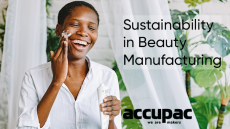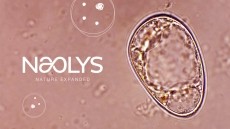Does the move to eradicate 1,4-dioxane go far enough?

Dr. Anne Marie Fine, founder and CEO of Fine Natural Products, says she backs a formal petition by US senators calling on the FDA to take action over the substance because as a potential toxin it could be dangerous to cosmetic and personal care consumers.
Earlier this month, Senators Charles Schumer and Kirsten Gillibrand filed a petition to the FDA asking the body to take action to ensure that any detectable presence of 1,4-dioxane is eradicated from a long list of products that includes everything from skin care lotions to shampoos.
Focus on water runoff, not dermal exposure
But Dr. Fine is concerned that the focus of the petition is on exposure to the substance from water runoff, when the issue of dermal exposure could have equally dangerous implications to consumer health.
“The senator [Charles Schumer] seems mostly concerned with the runoff of 1,4-dioxane into the water supply, and not the fact that it can be absorbed into our bodies through dermal contact with personal care products containing it,” said Dr. Fine.
“His concern is valid, but I wish he could have recognized the exposure to human beings.”
Need to avoid harmful substitute ingredients
Banning the substance is definitely the way forward, according to Dr. Fine, but on the other hand this move may also raise issues over what might be used to take its place.
“The substitute chemical must be carefully vetted or we arrive at what I term 'the regrettable substitution' which is where the substituted chemical is just as harmful as the one it replaces as seen in BPA-free claims where BPS is used instead,” said Dr. Fine.
“BPS has subsequently been found to exert the same endocrine disrupting characteristics as BPA, which should not be a surprise to anyone as they are in the same chemical family.”
So what is the best solution?
According to Dr. Fine, substitute ingredients could only add to the problem, so instead she is backing a move to remove ensure the substance is removed from all formulations before it ends up on store shelves.
“An alternative would be to add the vacuum stripping step at the end to remove it from the final product,” said Dr. Fine, who also stresses that this process can be relatively easy and inexpensive.
But perhaps an even simpler move would be to reconsider product formulations to ensure that the 1,4-dioxane never appears in the first place, either as an ingredient or as a byproduct.
“As the ethoxylation process is used primarily to make harsh ingredients more mild, why not start out with milder ingredients?”
Dr. Fine has her own skin care line, the IAMFINE Pure Skin Collection, but is also the author of a book, titled Cracking The Beauty Code, which devotes a whole chapter to toxins in personal care, which has a particular stress on the issue of 1,4-dioxane.
















